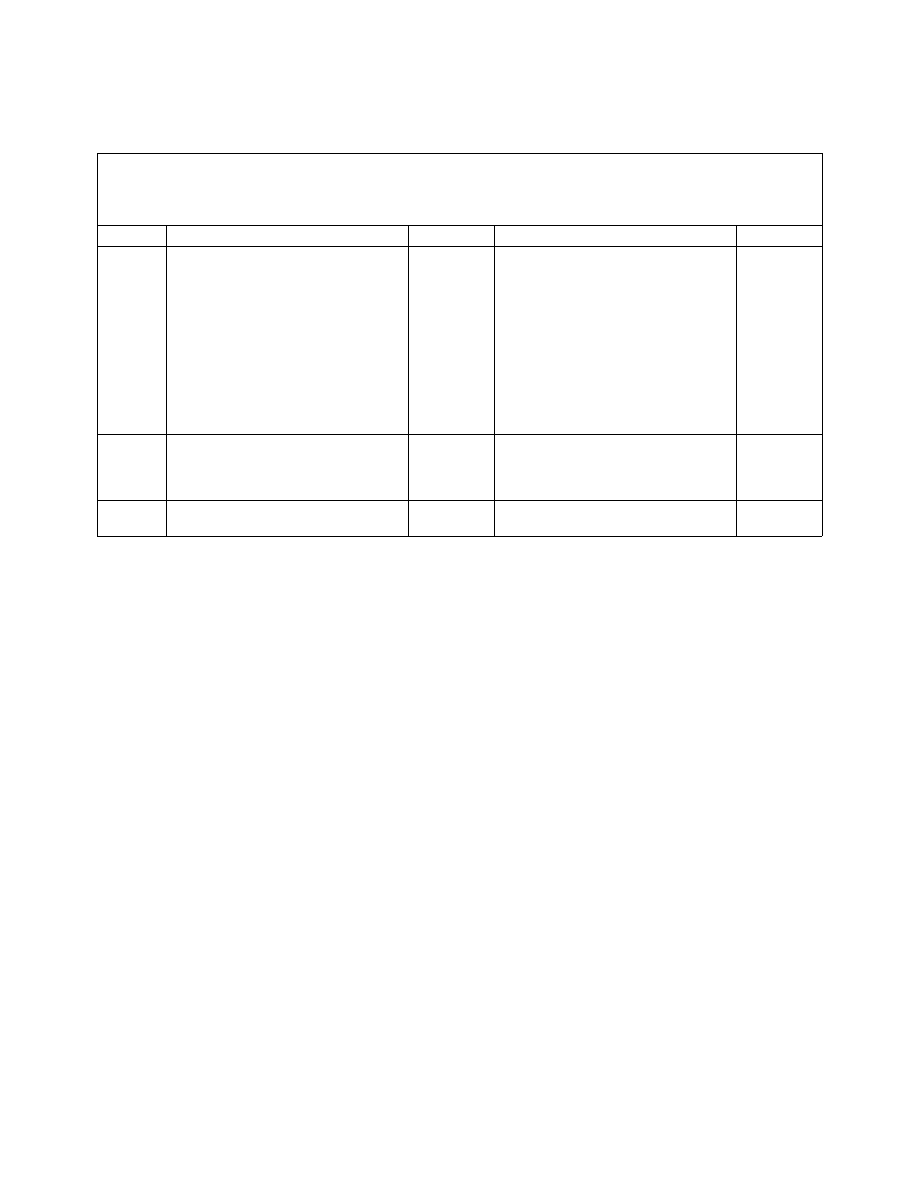
4/20/23
AIM
FIG 5
−
4
−
33
EFVS Operation to 100 ft Above the TDZE
d. EFVS Equipment Requirements.
An EFVS that is installed on a U.S.
−
registered aircraft and is used to
conduct EFVS operations must conform to an FAA
−
type design approval (i.e., a type certificate (TC), amended
TC, or supplemental type certificate (STC)). A foreign
−
registered aircraft used to conduct EFVS operations that
does not have an FAA
−
type design approval must be equipped with an EFVS that has been approved by either
the State of the Operator or the State of Registry to meet the requirements of ICAO Annex 6. Equipment
requirements for an EFVS operation to touchdown and rollout can be found in 14 CFR § 91.176(a)(1), and the
equipment requirements for an EFVS operation to 100 feet above the TDZE can be found in
14 CFR § 91.176(b)(1). An operator can determine the eligibility of their aircraft to conduct EFVS operations
by referring to the Airplane Flight Manual, Airplane Flight Manual Supplement, Rotorcraft Flight Manual, or
Rotorcraft Flight Manual Supplement as applicable.
e. Operating Requirements.
Any operator who conducts EFVS operations to touchdown and rollout
(14 CFR § 91.176(a)) must have an OpSpec, MSpec, or LOA that specifically authorizes those operations. Parts
91K, 121, 125, 129, and 135 operators who conduct EFVS operations to 100 feet above the TDZE
(14 CFR § 91.176(b))must have an OpSpec, MSpec, or LOA that specifically authorizes the operation. Part 91
operators (other than 91K operators) are not required to have an LOA to conduct EFVS operations to 100 feet
above the TDZE in the United States. However, an optional LOA is available to facilitate operational approval
from foreign Civil Aviation Authorities (CAA). To conduct an EFVS operation to touchdown and rollout during
an authorized Category II or III operation, the operator must have:
1.
An OpSpec, MSpec, or LOA authorizing EFVS operations to touchdown and rollout
(14 CFR § 91.176(a)); and
2.
An OpSpec, MSpec, or LOA authorizing Category II or Category III operations.
f. EFVS Operations in Rotorcraft.
Currently, EFVS operations in rotorcraft can only be conducted on IAPs
that are flown to a runway. Instrument approach criteria, procedures, and appropriate visual references have not
Arrival Procedures
5
−
4
−
63